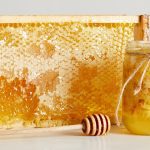The ISA Brown is a popular breed of chicken known for it’s efficient egg laying abilities. It was the result of crossbreeding Rhode Island Reds and Rhode Island Whites to create a production chicken that lays a high number of large to extra-large brown eggs.
ISA Browns have become one of the most common egg laying chickens used in commercial operations around the world. They are known for their productivity, hardiness and docile personalities. This article provides a comprehensive overview of ISA Brown chickens covering their history, physical characteristics, egg laying abilities, temperament, health considerations, housing and care requirements and common uses.
History of the ISA Brown
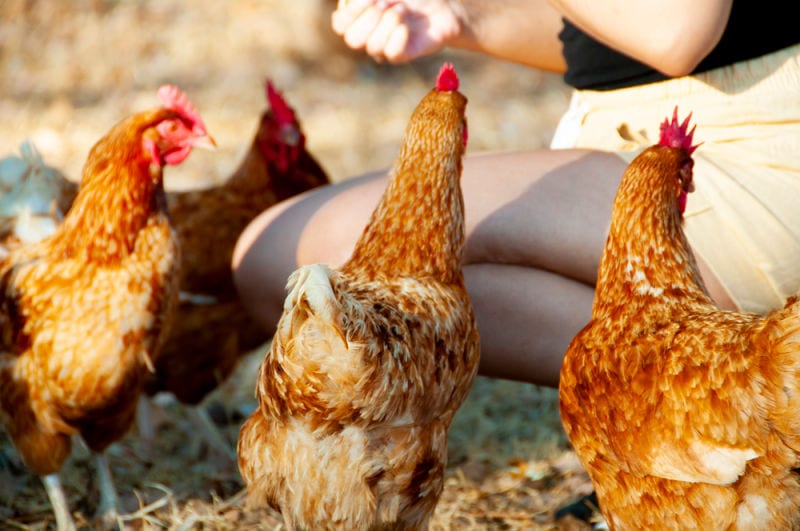
The ISA Brown breed was developed in 1978 by abreeding company called Institut de Sélection Animale (ISA) in France. ISA worked to crossbreed existing production chickens like the Rhode Island Red and Rhode Island White to select for desirable egg laying traits.
The goal was to create a highly productive laying hen that had good survivability, could withstand confinement and high egg production levels and had a decent feed to egg conversion ratio. Several generations of selection ultimately resulted in the ISA Brown breed that is known and used around the world today.
Shortly after development, ISA Brown chickens were brought to the United States. Originator licenses were granted to leading breeding companies like Hy-Line and H&N who distribute ISA Brown chicks to commercial operations. Backyard chicken keepers also found the ISA Brown’s production abilities desirable.
Over the last 40 years, the ISA Brown has proven itself as a reliable egg laying chicken. It continues to dominate commercial egg operations and is a popular choice amongst backyard chicken keepers as well.
Physical Characteristics
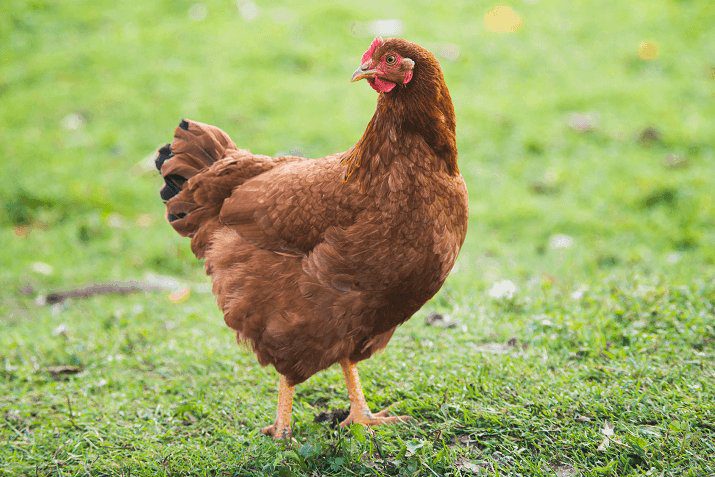
ISA Browns have a distinctive appearance with sleek bodies, rounded shapes and red-orange feathers. Some key physical characteristics include:
- Size: 6-7.5 lbs hen, 8-9 lbs roosters
- Feathers: Primarily red-orange feathers with some light brown accents
- Comb & Wattles: Bright red single combs and wattles
- Skin: Yellow skin
- Legs: Yellow legs and toes
- Earlobes: White or pale earlobes
They have slender builds with broad backs. Hens tend to be very uniform in appearance compared to the males who show some greater variation.
ISA Brown chickens have a single comb rather than a pea comb. This does make them slightly more prone to issues like frostbite in cold climates. Their red earlobes help breeders identify them from similar brown egg laying hybrids.
One unique characteristic of ISA Browns is that their feather color tends to get paler with age. Young chicks start out with very warm red-orange plumage. Hens older than a year often have faded or lighter feathers.
Egg Laying Abilities
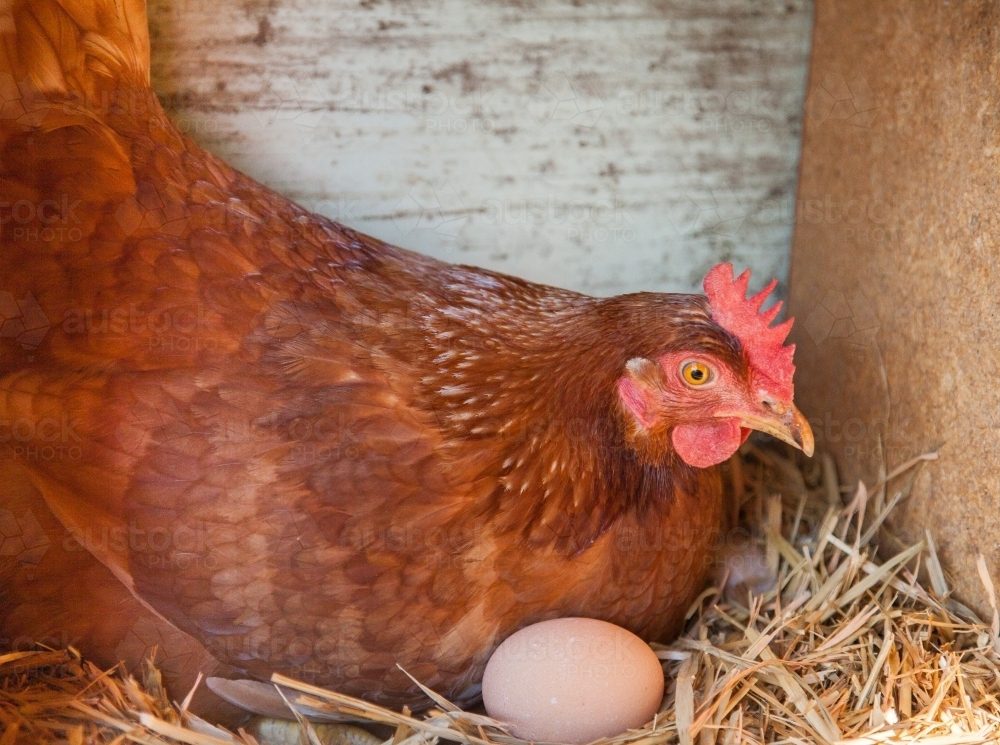
The ISA Brown is valued for it’s incredible egg laying abilities. They are specifically engineered to produce a high number of large sized brown eggs.
Onset of Laying
ISA Brown hens begin laying eggs around 18-20 weeks of age which is quite early. Under ideal conditions, timely egg production is seen in about 5 months. The exact onset can vary slightly based on things like weather, diet and daylight hours.
Egg Production Rate
At peak production, ISA Brown hens average 5-6 large brown eggs per week. Yields can be a bit higher under ideal conditions. This works out to 250-300 eggs annually though the total number reduces with age.
The breed holds the world record for annual egg production at 371 eggs set by a hen in South Africa in 2019. These astoundingly high yields demonstrate the immense productivity these hybrids are capable of.
Egg Size & Color
The eggs from ISA Browns are a nice large size weighing 55-60 grams on average. This places them in the large to extra large egg size classifications.
All eggs from ISA Browns have a uniform brown shell color without variation. The intensity of brown can vary slightly from chicken to chicken. Some hens lay darker chocolate brown eggs while others produce more milk chocolate colored eggs.
Persistency of Lay
A major advantage of ISA Browns is that they maintain higher egg production levels much longer than heritage chicken breeds. While many chickens see sharp declines after 1-2 years, the ISA Brown continues laying relatively well for 4-5+ years.
Their egg output slowly tapers off but still remains at an impressive 3-4 eggs weekly into older age. This excellent persistency of lay means fewer replacement chickens need to be purchased annually.
Temperament
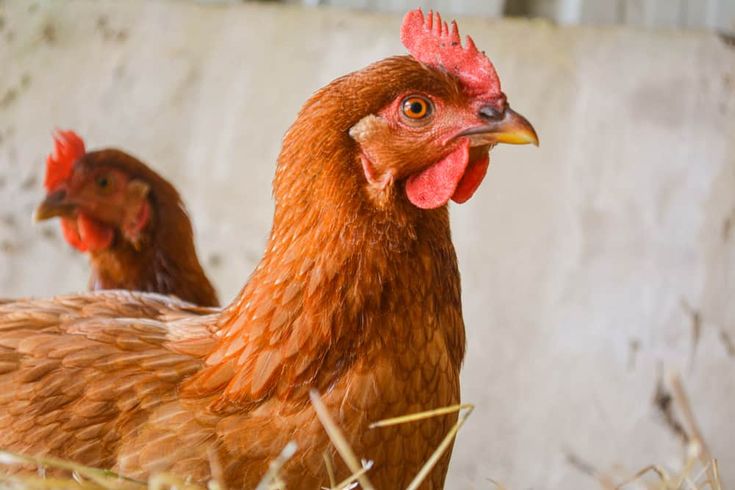
ISA Browns are known for having wonderful temperaments suited for confinement or free range environments. They tend to be quite docile and adjust well to varying management styles.
The breed is calm enough for children to handle. They rarely mind being picked up. ISA Browns aren’t typically aggressive or flighty unless they feel quite threatened. Instances of bulling other chickens or humans are infrequent.
For these reasons, they work well in both cage free commercial operations and small backyard coops. ISA Browns aren’t easily stressed which supports their high and persistent egg yields.
If housed with more active chicken breeds, ISA Browns do well. They can hold their own without being bullied in mixed flocks. The hens tend to move at a steady, non-urgent pace about their day.
Health Considerations

ISA Browns are bred to be robust, healthy chickens but a few health problems can arise. Understanding common issues can help chicken keepers promptly address any problems.
Typical Lifespan
In ideal settings with proper feed and care, ISA Brown hens have impressively long lifespans of 4-6 years on average. The persistent egg laying abilities mean they have an exceptionally long productive life as well.
The exact lifespan always depends on the specific conditions the chicken lives in. Free range birds with enhanced diets may live closer to 6 years of age. Genesis breeding stock tend to live the longest.
Common Health Issues
ISA Browns have excellent genetic resistance to illness and disease. Still, issues with parasites, respiratory infections and egg binding can occasionally occur.
Laying such a high number of eggs does take it’s toll over time as well. Older ISA Browns hens may develop issues like:
- Prolapsed cloaca
- Egg peritonitis
- Fatty liver hemorrhagic syndrome
- Vent gleet
- Reproductive tumors
These conditions are most common in birds older than 3 years of age after the intense production period starts wearing the body down. Keeping hens healthy and managing their workload as they age is key.
Housing & Care

ISA Browns are a versatile breed that can thrive in commercial barns or small backyard coops. Here’s a look at some of their main habitat and care requirements.
Coop Size
These chickens have a slim build so they don’t need extensive amounts of coop floor space. Each standard sized ISA Brown only requires 2-4 square feet of living space inside the chicken coop.
Larger 4 foot by 4 foot enclosures or commercial cage systems are perfectly fine as well. The key is allowing enough room for hens to move about freely and find food, water, nest boxes easily. Overcrowded conditions should be avoided.
Climate Considerations
ISA Browns handle temperature extremes quite well thanks to their hardy health. They tolerate sweltering summer heat without much issue. Their large combs do make them prone to frostbite in freezing winter temperatures though.
If kept in cold northern climates, extra winter preparations like installing heat lamps, wrapping coops or moving chickens indoors helps safeguard their health. Providing ample insulation and ventilation keeps hens comfortable year round.
Brooding Requirements
ISA Browns chicks require extra brooding accommodations to thrive those first few weeks. Ideal brooding temperatures range from 90-95°F shortly after hatching. The temperature can be reduced by 5°F each week until fully feathered.
Placing young chicks directly outdoors or into typical coops would likely result in chilling and death. Having proper heat lamps, special indoor pens or commercial brooders is essential when getting started with ISA Brown chicks.
Nesting Boxes
The high egg production of ISA Brown hens makes installing adequate nest box space a priority. About one next box for every 2-3 hens is sufficient. Adding more boxes than required is perfectly fine as well.
ISA Browns aren’t that picky about nest box size or material. Smaller 12” x 12” enclosed boxes work well. Larger community style nests are common in commercial cage free barns too.
Feed Requirements
As prolific egg layers, ISA Browns have higher calcium and nutrient demands. They need quality layer feed formulated specifically for egg laying chickens. This provides higher levels of calcium and nutrients to support all egg production.
Layer feeds should make up the majority of an ISA Brown’s diet. Some scratch grains can be fed as well but shouldn’t exceed 10% of total food intake. Unlimited access to layer feed allows hens to properly fuel their systems.
Supplying oyster shell calcium supplements boosts available calcium too. This helps harden egg shells and maintain good bone health. The extra calcium benefits older hens too who are prone to osteoporosis after prolonged egg production.
Water Access
Keep plentiful cool clean water available at all times. Egg production requires substantial water intake each day. Water supports digestion and nutrient absorption as well.
Automatic poultry nipple water systems are extremely useful for maintaining constant water access. They protect water cleanliness and prevent spillage issues compared to standard waterers.
Lighting Routines
ISA Browns lay the majority of eggs within their first two years. After that, yields slowly taper off. Extending peak production levels longer requires manipulating lighting programs.
Mimicking long summer days with 14-17 hours of daylight encourages sustaining higher egg yields among older flocks. This light extension tricks the chickens’ bodies into feeling like peak spring/summer laying seasons longer resulting in more eggs.
Common Uses
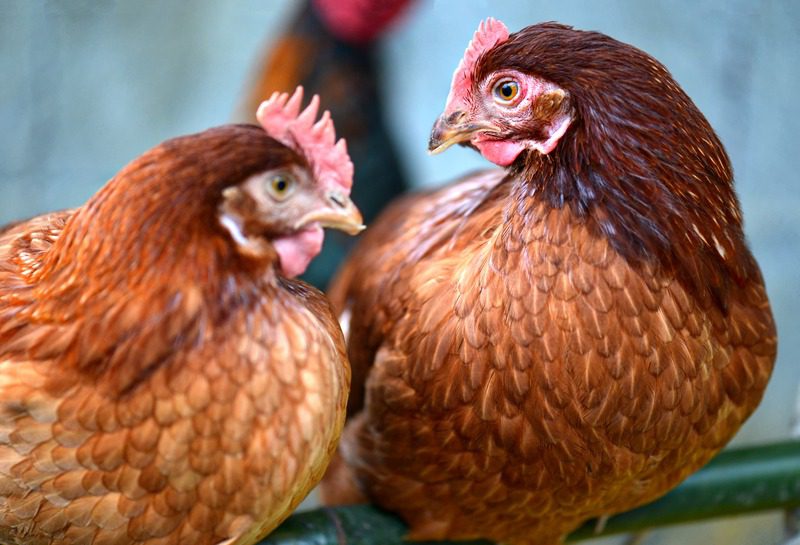
Commercial Egg Production
The ISA Brown’s incredible egg production rates make this breed a favorite for commercial egg farmers around the world. Their feed efficiency and persistent laying abilities are economically important qualities.
ISA Browns start producing saleable eggs by 18-20 weeks of age. This short generation interval allows egg farms to maintain steady inventories. Additionally, the excellent hardiness and docile nature of ISA Brown hens facilitates housing in either cage or cage free barns.
Backyard & Small Farm Egg Sales
Backyard chicken owners value the ISA Brown for filling egg cartons week after week. Minimal effort is required to collect 5-6 eggs from each hen every week. This can lead to major surpluses that are great for selling at local farmers markets or through community supported agriculture programs.
Their gentle and quiet natures make them wonderful backyard companions as well. ISA Browns tend to mix well with other breeds and rarely disturb neighbors with loud vocalizations. They also tolerate confined spaces which lends well to urban homesteads.
Breeding Stock
Both private breeding companies and university research programs use pure ISA Brown chickens as parent breeding stock. Crossing ISA Brown grandparents and great-grandparents ensures reliable egg production and hardiness is passed down to offspring generations sold to commercial producers.
Parent breeding flocks live quite long as well thanks to carefully controlled conditions. It’s common for foundation ISA Brown hens to actively produce hatching eggs for 3-4 years.
Pros and Cons
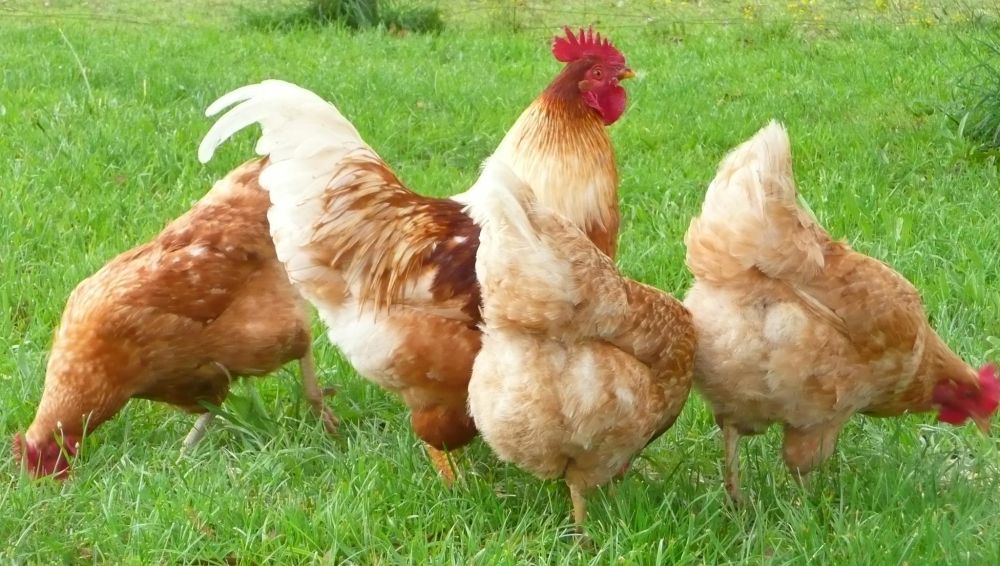
| Pros | Cons |
|---|---|
| Extremely high egg production – 5-6 large eggs per week | Prone to prolapsed cloaca later in life due to intense egg laying |
| Excellent feed to egg conversion ratio | Single comb makes them susceptible to frostbite in very cold climates |
| Persistent egg production – continues laying well for 4-5+ years | Need special brooding accommodations as baby chicks |
| Low maintenance temperament – docile and calm | Produce less meat than dual purpose chicken breeds |
| Tolerates confinement or free range setups | Requires more feed than heritage breeds to fuel egg production |
| Hardy health and disease resistance | Can develop reproductive tumors in older age |
FAQs
ISA Brown pullets begin laying eggs at 18-20 weeks of age typically. Some individual hens may start a few weeks sooner or later depending on diet, light exposure and other factors influencing maturity.
The eggs from ISA Brown hens are a nice large to extra large size. Average egg weights range from 55-60 grams (1.9-2.1 oz) putting them in the large/XL egg category.
Each standard sized ISA Brown hen requires about 2-4 square feet of coop floor space. More is always better but this a sufficient minimum amount of living space per bird.
ISA Browns rarely have strong enough broody instincts to hatch a clutch of eggs. It’s possible but not common. Their genetics heavily favor continual egg production over incubation behaviors.
ISA Browns handle temperature extremes quite well overall. Extra provisions like heat lamps are needed for baby chicks. Adult ISA Browns tolerate heat alright but their large combs make them prone to winter frostbite.
ISA Browns are bred to be very robust chickens. However, older hens may develop issues like prolapsed cloaca, ruptured eggs in the abdomen, vent gleet, and reproductive tumors after prolonged intense egg laying.
In ideal settings with proper feed and care, ISA Brown hens have impressively long lifespans of 4-6 years on average. The persistent egg laying abilities mean they have an exceptionally long productive life as well.
Conclusion
ISA Brown chickens are an extremely efficient egg laying chicken breed that produces abundant large brown eggs over a persistent laying lifespan. They are hardy birds that adapt well to varying climates and housing systems making them a versatile addition to both small backyard flocks and commercial scale egg operations. Their reliable egg yields, disease resilience and calm personalities have rightfully earned ISA Browns recognition as the world’s most popular egg laying chicken.



